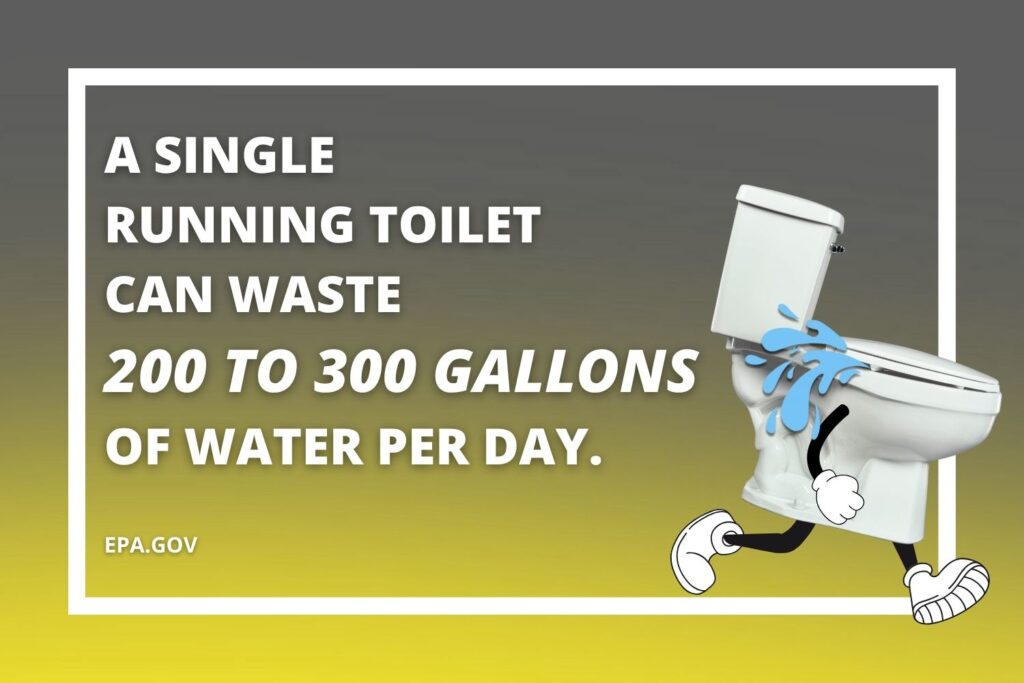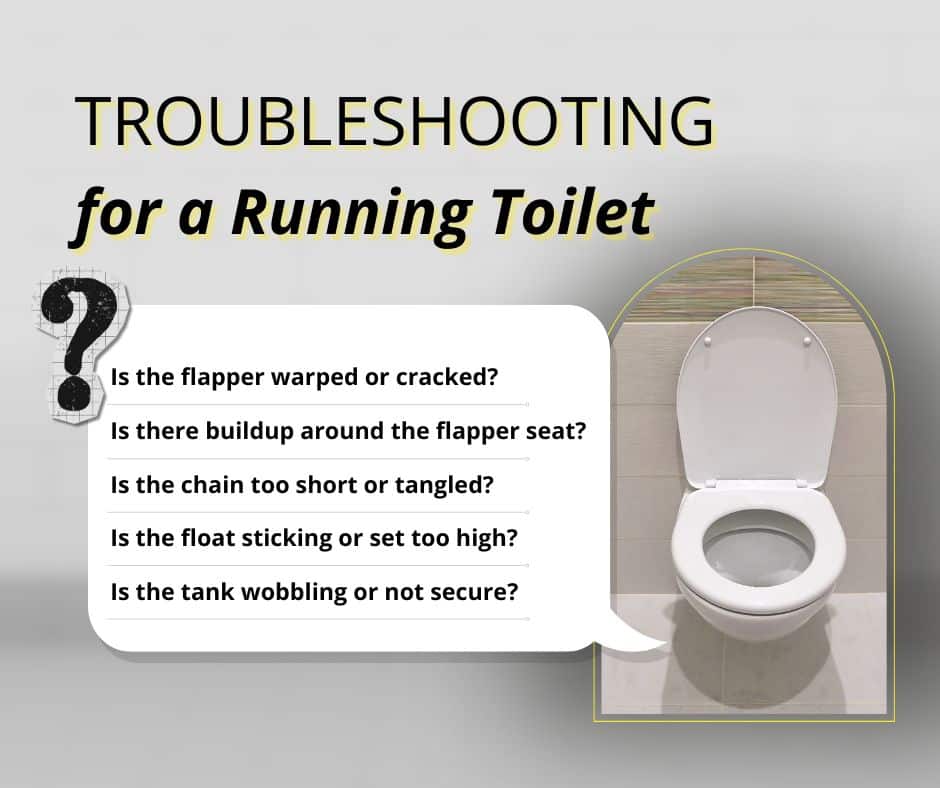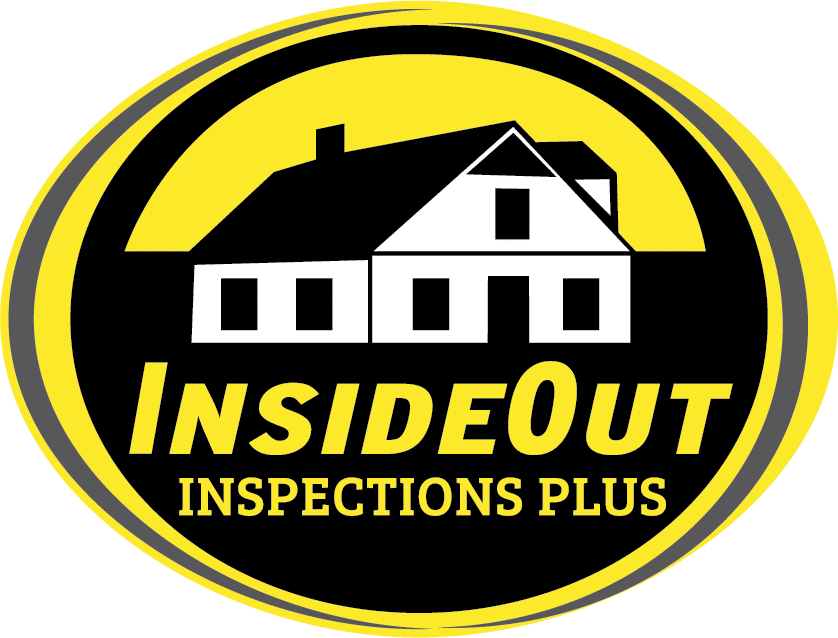You’re walking past the bathroom and hear your toilet randomly kick on and run, even though no one touched it. It goes for a few seconds, then cuts quiet again.
It’s easy to ignore, especially if it seems to stop on its own. But a randomly running toilet is more than a small annoyance. It can waste hundreds of gallons of water each month and may point to wear or damage inside the tank.
Here’s what we look for, what might be causing it, and when it’s time to call someone in.
What Makes a Toilet Run by Itself?
Most of the time, this is a slow leak from the tank into the bowl. When enough water escapes, the float drops and triggers the refill valve. The tank fills back up, and the process repeats.
That cycle might happen every hour or only once a day, depending on the size of the leak.

Several things can cause this:
1. A worn-out flapper
The flapper is the rubber piece that lifts when you flush and seals the tank afterward. Over time, it can warp, crack, or just lose flexibility. If it doesn’t seal tightly, water slowly leaks through.
2. A dirty or misaligned flapper seat
Even if the flapper is in good shape, the spot it rests on might have buildup or mineral deposits that break the seal. That allows a slow leak and triggers a refill.
3. A stuck or deteriorating float
The float controls when the tank fills and stops filling. If it sticks or doesn’t rise fully, the fill valve may run longer than it should or kick on again when it shouldn’t.
4. A leaky fill valve
Sometimes the fill valve itself fails, letting water continuously or intermittently leak into the bowl. You might not hear it all the time, but the water bill will show it.
5. The water level is set too high
If the water level in the tank is above the overflow tube, water will constantly drain into the bowl. It may not always trigger a noticeable sound, but the toilet is still refilling behind the scenes.
How to Test for a Silent Leak
If your toilet runs every so often and you’re not sure why, try this simple test:
- Remove the tank lid
- Put a few drops of food coloring into the water
- Wait 10 to 30 minutes without flushing
- Check the bowl for any color
If the colored water makes it into the bowl, there’s a leak from the tank.
Is It a Big Deal?
It depends on how long it’s been going on. A slightly worn flapper is an easy DIY fix. But if the running has been happening for weeks or months, it could be costing you.
A single running toilet can waste 200 to 300 gallons of water per day. That adds up on your water bill. It can also stress older plumbing or mask other issues like a faulty shutoff valve.
During a home inspection, if we find a running toilet, we look at:
- The age and condition of the flapper
- Whether the fill valve is responsive
- Signs of hard water buildup or corrosion
- Water levels in the tank
- Any dampness around the base of the toilet
We also note it on the report if it’s continuous or if it seems to indicate wear that should be addressed.
Other Reasons a Toilet Might Randomly Run
There are a few less common causes we occasionally see:
- Toilet tank not secured properly: If it rocks or shifts when flushed, the internal parts may not line up right.
- Flush lever stuck in the open position: Sometimes the handle doesn’t reset fully, which leaves the flapper up just enough to keep water flowing.
- Worn or misaligned chain: If the chain between the flush lever and the flapper is too short or tangled, it may prevent the flapper from sealing.
All of these are usually easy to spot and fix, especially during routine maintenance or a walk-through inspection.

Some Related Questions
Is it safe to use a toilet that will randomly run occasionally?
Yes, but it’s wasting water and may signal a problem that will get worse. It’s better to fix it before it turns into a bigger leak or a higher bill.
Will this show up on a home inspection?
Most likely. If a toilet is visibly or audibly running during the inspection, it will be noted in the report along with any related observations.
Can running toilets damage flooring or plumbing?
If left unchecked, the extra water movement can stress valves or cause moisture buildup. It’s rare, but a small, ignored leak can turn into warped floors or plumbing wear.
How often should I check my toilets?
At least once every few months. Remove the tank lid, check for leaks or worn parts, and test for food coloring leaks if you’re unsure.
When to Call a Professional
If you’ve tried replacing the flapper, adjusting the float, and lowering the water level, but your toilet still runs, it may be time to get help.
A plumber can quickly spot what’s going on and whether it’s a part failure or something deeper in your plumbing system.
If you’re buying or selling a home and the toilet is running, don’t panic. It’s a common issue, and one that’s usually easy to fix once identified.
We’ll include it in the inspection report if it’s active during the walkthrough, so everyone involved has the information they need.
Conclusion
Why does your toilet randomly run? It may or may not be urgent, but it’s worth looking into.
Whether it’s a simple fix or a sign of something more, taking care of it early can prevent higher water bills and possible damage later.
At InsideOut Inspections Plus, we’re here to help homeowners and buyers understand what’s happening behind the walls and inside the tank. If you’re hearing the water kick on when no one’s around, there’s a good chance we can help you figure out why.


